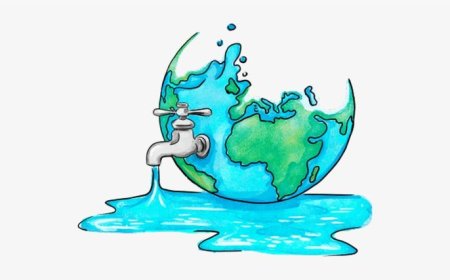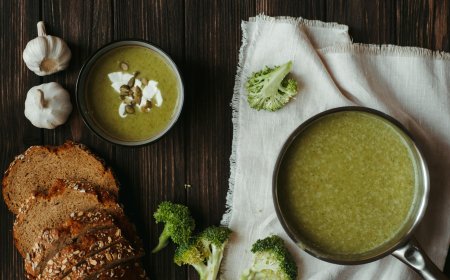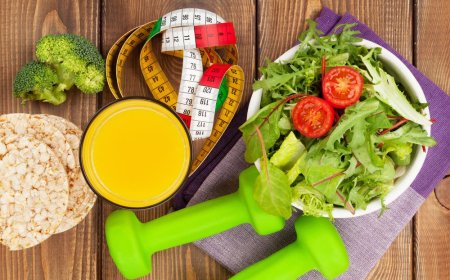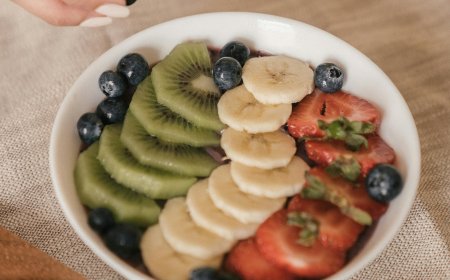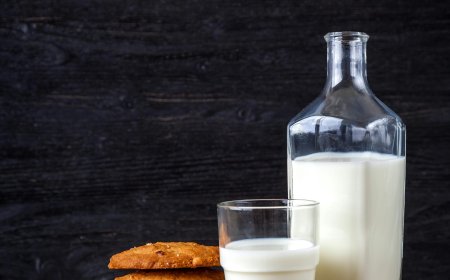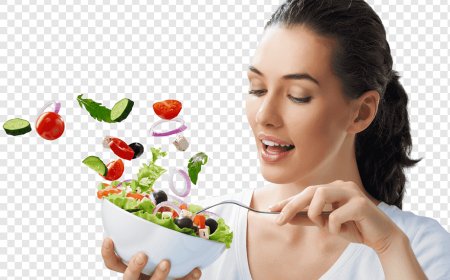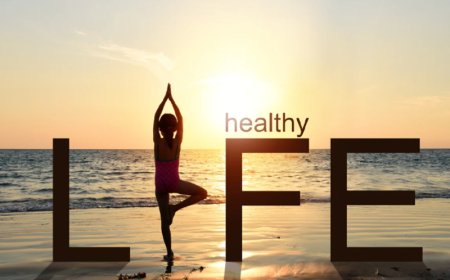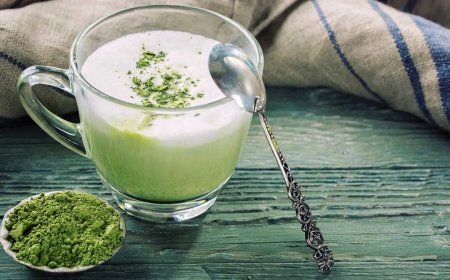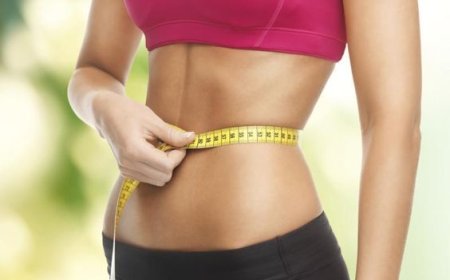The Science Behind Hydration: How Much Water Do You Really Need
Understanding how much water you really need can be more complex than the simple "8 glasses a day" rule. Hydration needs are influenced by several factors, including your diet, activity level, and environment.

Factors Affecting Hydration Needs
Climate: Living in a hot or humid environment increases your need for water.
Activity Level: More active individuals need to drink more to compensate for sweat loss.
Diet: Foods high in water content, like fruits and vegetables, contribute to your daily hydration needs. Conversely, salty or sugary foods can increase your need for water (GreenFitHorizon) (livescience.com).
Alternative Sources of Hydration
While water is a primary source of hydration, other fluids and foods also contribute significantly. Beverages like milk, juice, herbal teas, and even coffee and soda can help meet your hydration needs. Fruits and vegetables, such as watermelon and spinach, are particularly water-rich and can boost your fluid intake (GreenFitHorizon) (Mayo Clinic).
Listening to Your Body
Your body’s thirst mechanism is a reliable indicator of when you need to drink. Mild thirst is just a reminder to hydrate. Monitoring urine color can also be helpful: light yellow or colorless urine generally indicates adequate hydration, while darker urine suggests you need more fluids .
Risks of Overhydration
Though rare, it is possible to drink too much water, leading to a condition called hyponatremia, where the sodium level in your blood becomes dangerously low. This is typically only a risk during prolonged, intense exercise without adequate electrolyte replacement .
Practical Tips for Staying Hydrated
Drink regularly: Sip water throughout the day rather than consuming large amounts at once.
Eat hydrating foods: Incorporate water-rich foods into your diet.
Monitor your thirst and urine color: These are good indicators of your hydration status.
Adjust for activity and environment: Increase your fluid intake in hot weather or during intense physical activity .
In summary, while the amount of water needed varies by individual, most people can rely on their body’s thirst signals and a balanced diet to maintain proper hydration. Remember to consider all fluid sources and adjust your intake based on personal and environmental factors for optimal hydration.
What's Your Reaction?















